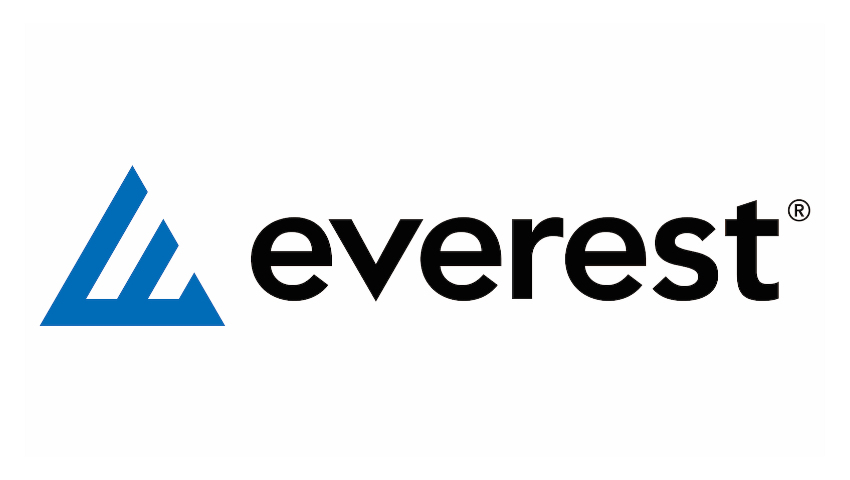No basis to expect Everest’s casualty reinsurance to mirror insurance portfolio: CEO Williamson
- November 1, 2025
- Posted by: Luke Gallin
- Category: Insurance

Jim Williamson, Chief Executive Officer (CEO) of global insurer and reinsurer, Everest Group, said yesterday that there’s no reason to expect the firm’s casualty reinsurance portfolio to perform in the same way as its “bottom quartile” primary casualty book.
This week, , revealing a strong performance for its reinsurance business.
However, the Group result was negatively impacted by unfavourable reserve development in its insurance arm, as Everest strengthened its US casualty reserves, primarily focused on accident years 2022 to 2024, driven by elevated loss experience in excess casualty and US liability lines.
At the same time, in the firm’s Other segment, prior year incurred losses and LAE rose to $146 million, driven by US casualty lines, primarily from the company’s sports and leisure business.
In light of the challenges surrounding its casualty business in recent times, Everest has taken action to “define its strategic direction and position the company for improved performance.”
This includes to insurer AIG, and a new .
Commenting on these arrangements in Everest’s earnings release, Williamson said: “These actions will provide meaningful flexibility to deploy capital toward share repurchases, strategic opportunities, and selective investments in talent, technology, and data that will enhance our competitive edge. The go-forward Everest is a more focused, higher-return enterprise anchored in Reinsurance and Wholesale & Specialty Insurance, built on underwriting excellence, balance sheet strength, and disciplined execution.”
Unsurprisingly, casualty was a hot topic on Everest’s Q3’25 earnings call, with analysts eager to learn more about the rationale and what this means for the re/insurer going forwards.
Interestingly, one analyst questioned Everest on whether there’s any potential risk of spillover into its reinsurance business, and why the firm is confident the reserves within its casualty reinsurance book will hold.
“I would really begin by resetting the premise, because these are two very different portfolios, and one of the things I’ve been really honest about during the course of this process is where our insurance casualty book performed on a historical basis. And I would characterise it bluntly as squarely in the bottom quartile of performance in our industry,” said Williamson.
“Whether I observe our own results, if you talk to brokers who have a fair bit of data, industry observers, there is a huge distinction in performance between bottom quartile underwriters and top quartile underwriters, and I think that’s played out over all market cycles in all lines of business. So, we were bottom quartile, and we fixed that and I think over time, that portfolio is going to perform really well. And I think it will be an asset to our partner, AIG, as they take it on. So, that’s one point.
“The other is, I would not expect, based on the fact that we write a top quartile reinsurance portfolio, there’s no basis to expect that portfolio to perform in the same way that a bottom quartile portfolio would perform. Now, yes, it’s subject to the same issues around social inflation and things of this nature, but the top quartile underwriters, they were consistently doing what we’ve done over the last year in insurance, which is very closely managed limits, ensure that you’re getting top pricing for the exposures you’re taking, carefully selecting classes of business to write, leaning on loss sensitive features to align interests with your clients. All of those things that we’ve talked about as part of the remediation. That’s what our reinsurance clients have consistently done throughout the cycle. And so, there’s just no reason to expect those portfolios to operate in a similar fashion over time,” explained the CEO.



